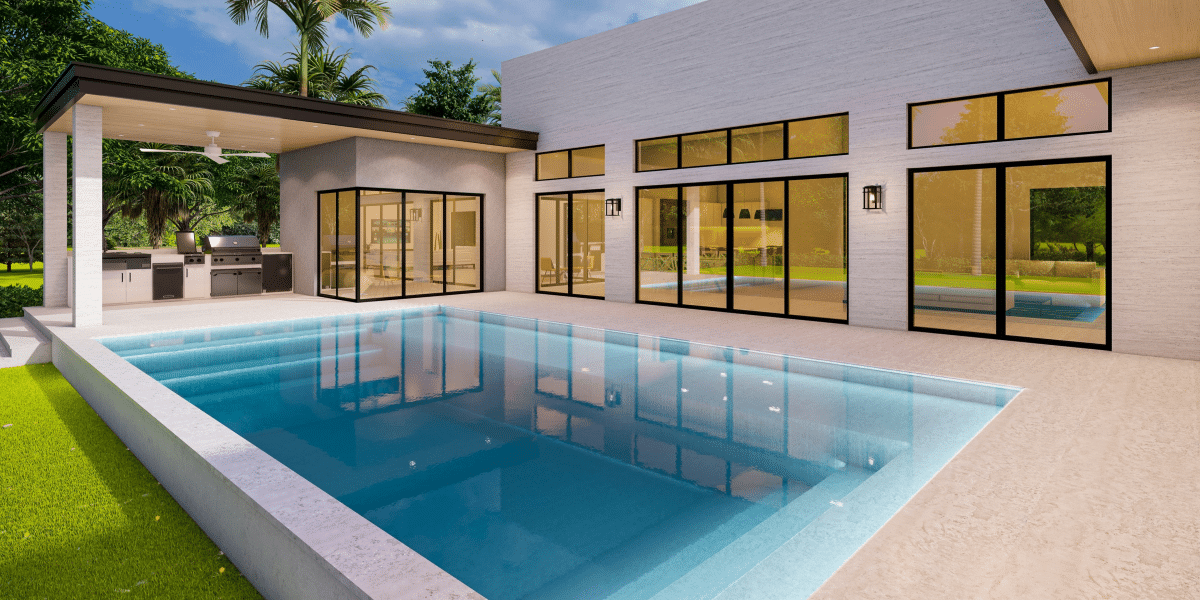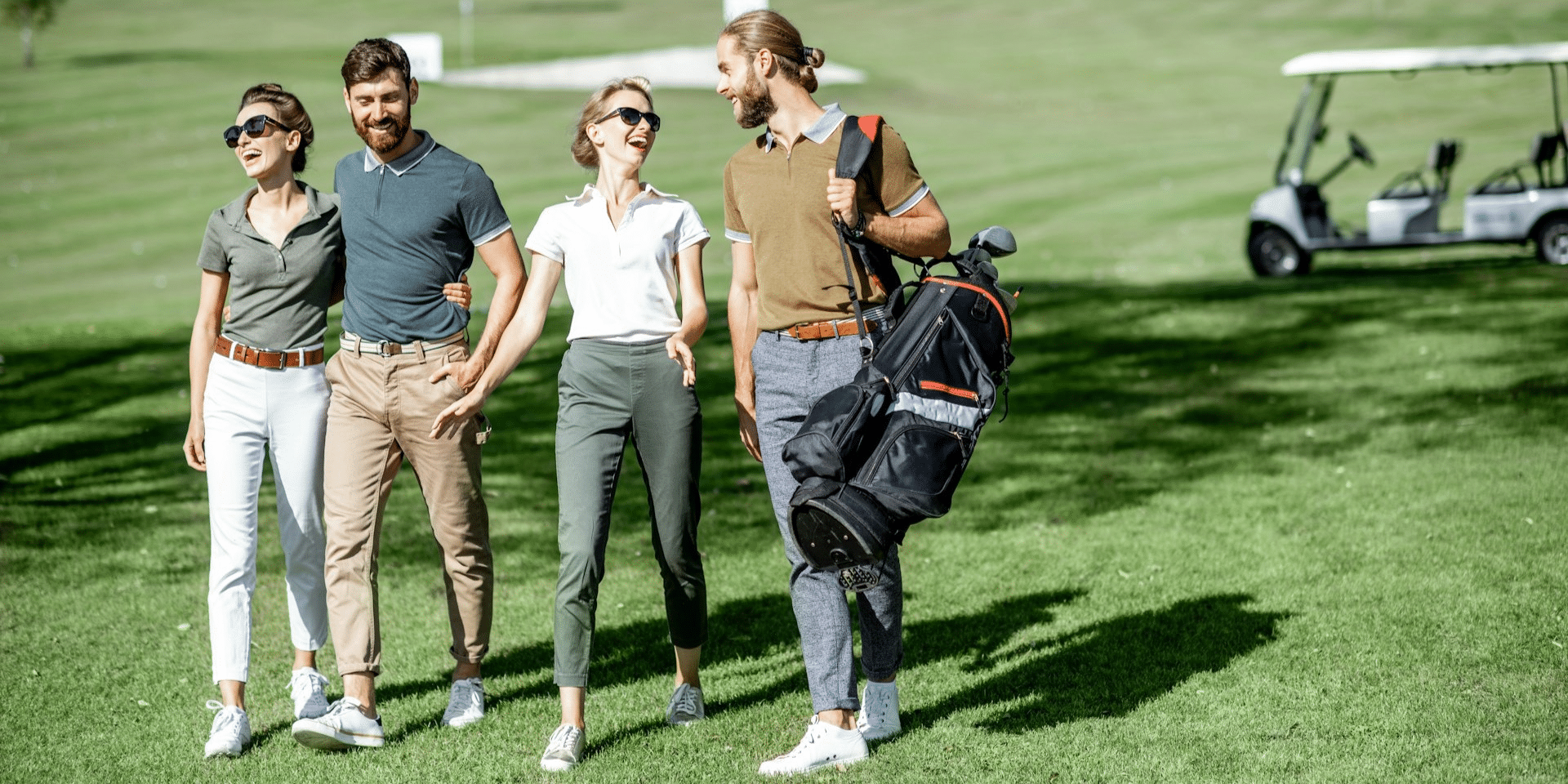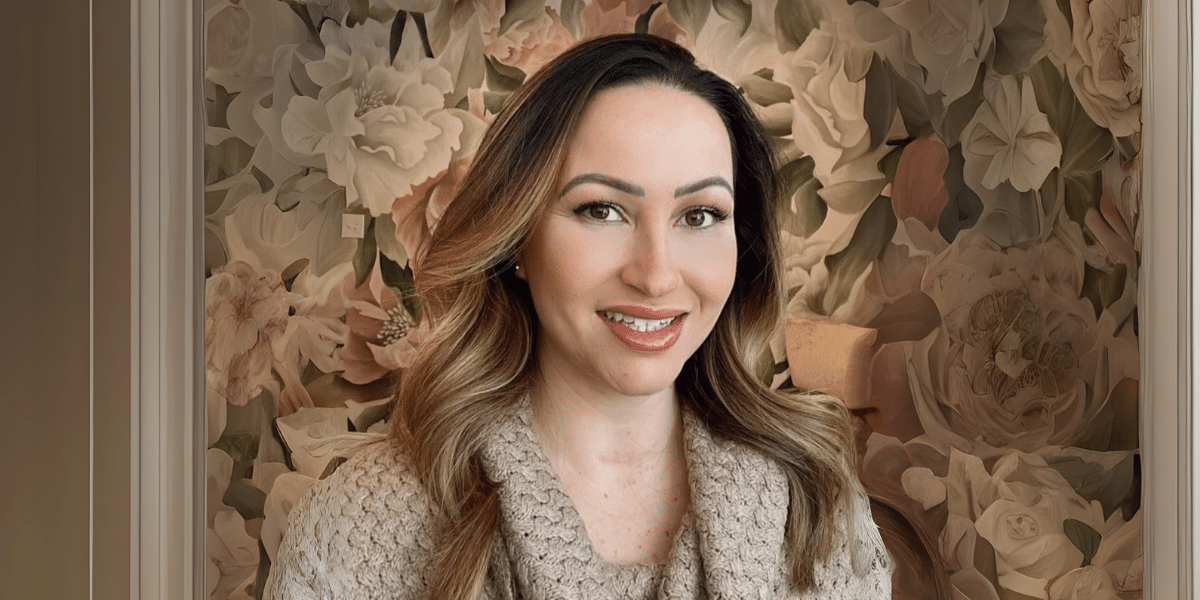Have you ever been completely captivated by a scene in a movie or TV show, even if the plot wasn’t exactly groundbreaking? Chances are, the way that scene was filmed had a lot to do with it. Film and TV composition, the way shots are arranged and elements are positioned within the frame, is a silent language that can tell a story, evoke emotions, and guide the viewer’s eye. It’s more than just making things look pretty – it’s a powerful storytelling tool.
Crafting Visual Stories: Composition as a Director’s Language
Imagine a scene in a horror movie. The director chooses a close-up shot, focusing on the terrified eyes of the protagonist. This tight composition creates a sense of claustrophobia and intensifies the fear for the character. In another scene, a wide shot might be used to showcase a vast, desolate landscape, emphasizing the character’s isolation and vulnerability.
Every element within the frame, from the placement of actors to the use of lighting and background elements, contributes to the overall composition and sends a message to the viewer. A skilled director uses composition to guide the viewer’s eye, drawing attention to specific elements and influencing how they interpret the scene.
The Toolbox of Composition: Techniques for Visual Storytelling
Film and TV directors have a toolbox filled with compositional techniques to create specific effects and evoke emotions. Here are a few key elements:
- Rule of Thirds: Imagine dividing the frame into a tic-tac-toe grid. The points where the lines intersect are considered strong points of interest. Placing subjects or key elements along these lines can create a more balanced and visually pleasing composition.
- Leading Lines: Lines within the frame, such as a road stretching into the distance or a character’s gaze, can be used to draw the viewer’s eye and direct their attention to a specific point in the scene.
- Depth of Field: By controlling the focus of the lens, directors can create a sense of depth within the frame. A shallow depth of field, where only the foreground element is sharp, can isolate a character and draw focus.
- Camera Angles: The angle from which a scene is shot can dramatically change its impact. A low camera angle can make a character seem powerful or intimidating, while a high angle can create a sense of vulnerability.
These are just a few examples, and skilled directors often use a combination of techniques to create the desired effect. By understanding the power of composition, viewers can appreciate the artistry behind filmmaking and gain a deeper understanding of the story being told.
Beyond Aesthetics: Composition and Emotional Impact
Composition isn’t just about creating visually pleasing images. It’s about using visual elements to evoke emotions in the viewer. A dark and shadowy composition can create a sense of suspense or dread, while a brightly lit and symmetrical scene might convey a feeling of peace or tranquility.
Think about a scene in a romantic comedy. The director might use a close-up shot of two characters gazing into each other’s eyes, their faces filling the frame. This composition creates intimacy and emphasizes the connection between the characters.
Composition can also be used to foreshadow events or hint at a character’s inner turmoil. By paying attention to how shots are framed, viewers can become more engaged in the story and pick up on subtle cues that the director might be planting.
The Appreciation of the Craft: Becoming a More Mindful Viewer
The next time you’re watching a movie or TV show, take a moment to appreciate the composition of the scenes. Notice how the camera angles, framing, and use of light all contribute to the overall story and your emotional response. By becoming a more mindful viewer, you’ll gain a deeper appreciation for the artistry and craft that goes into filmmaking.
Film and TV composition is a powerful tool that can elevate a story from good to great. By understanding its role in visual storytelling, you can unlock a new layer of enjoyment and appreciation for the movies and shows you love. So, the next time you’re captivated by a scene, take a moment to think about the composition – it might just be the secret weapon that’s drawing you in.







